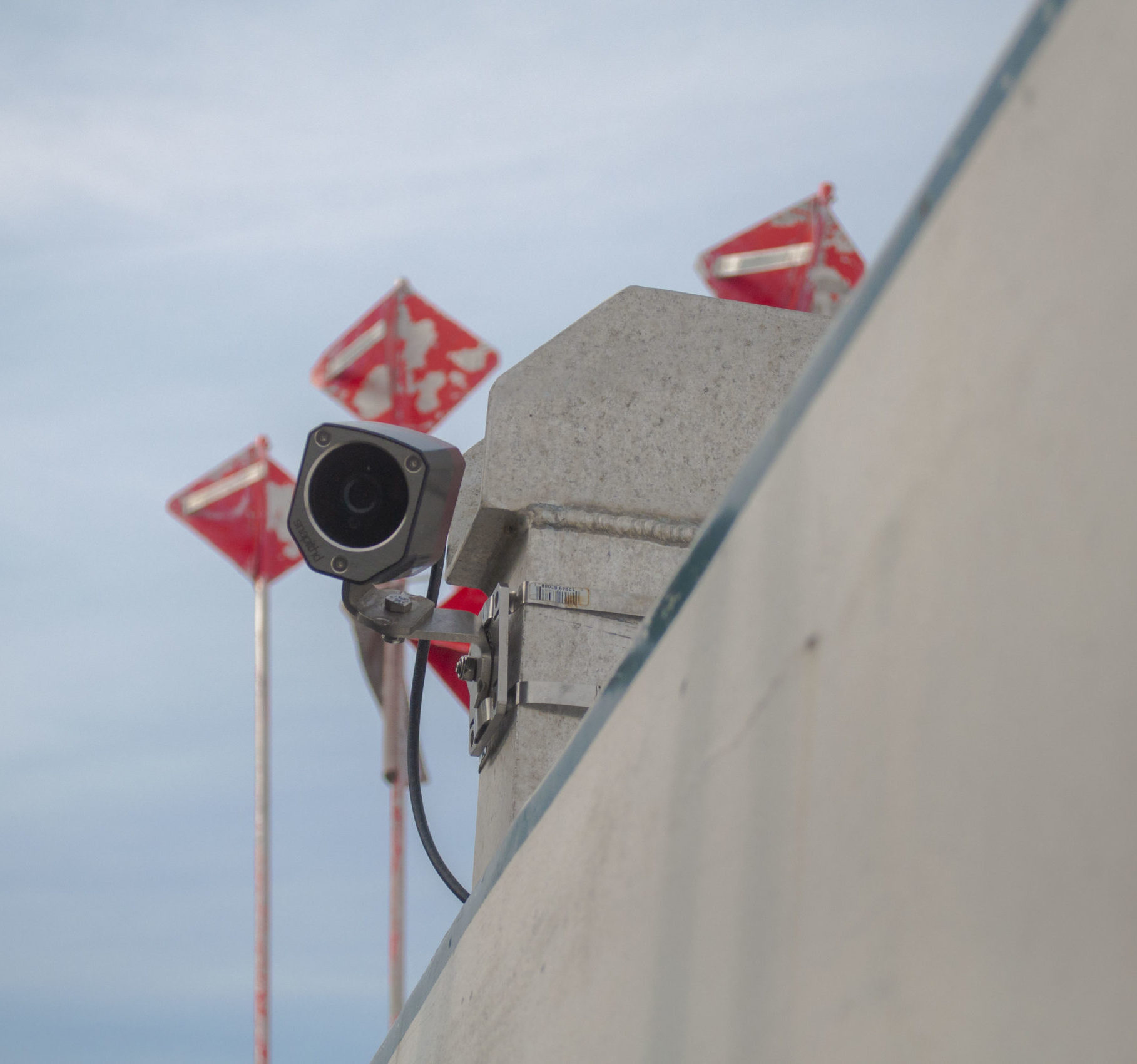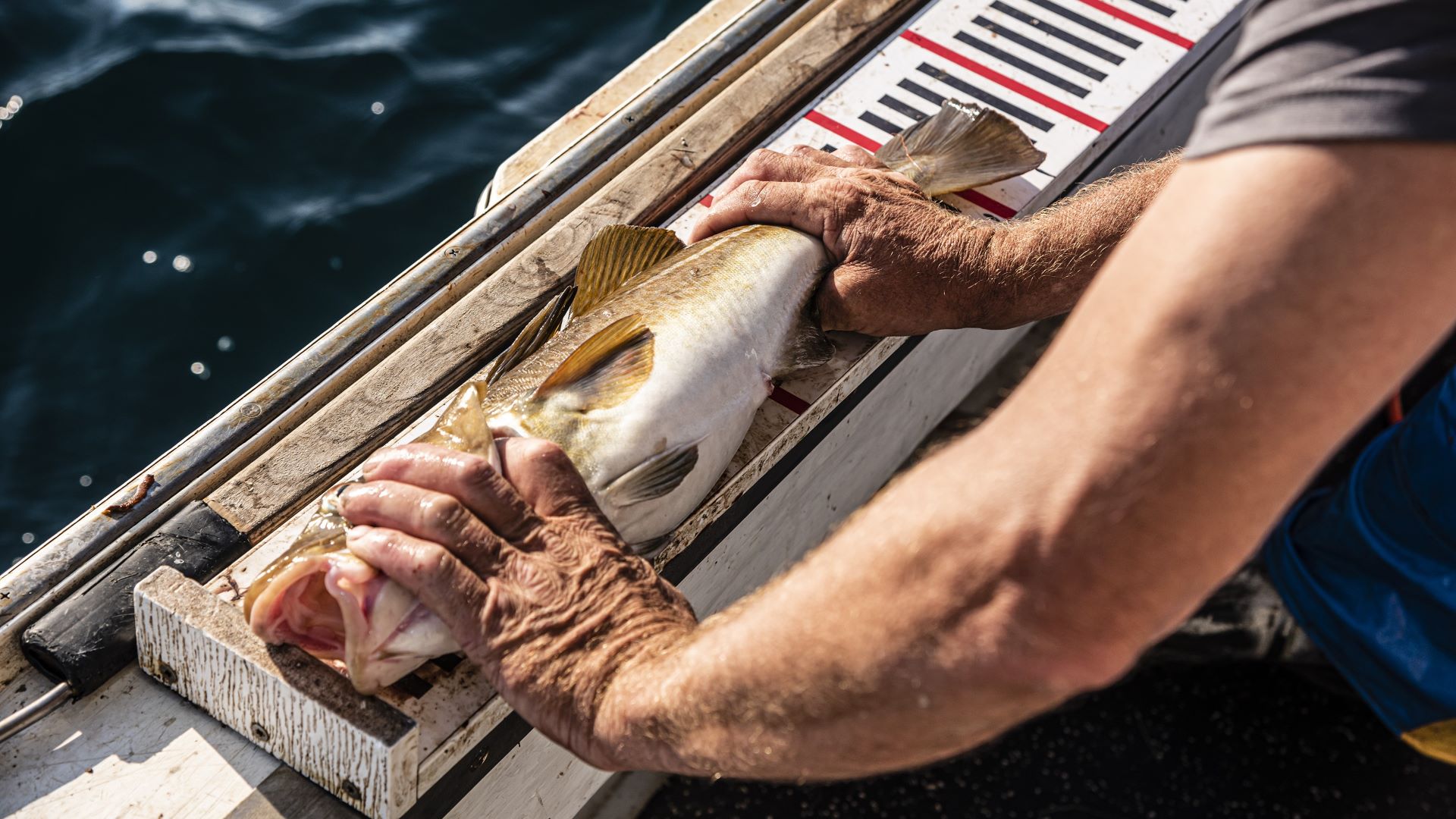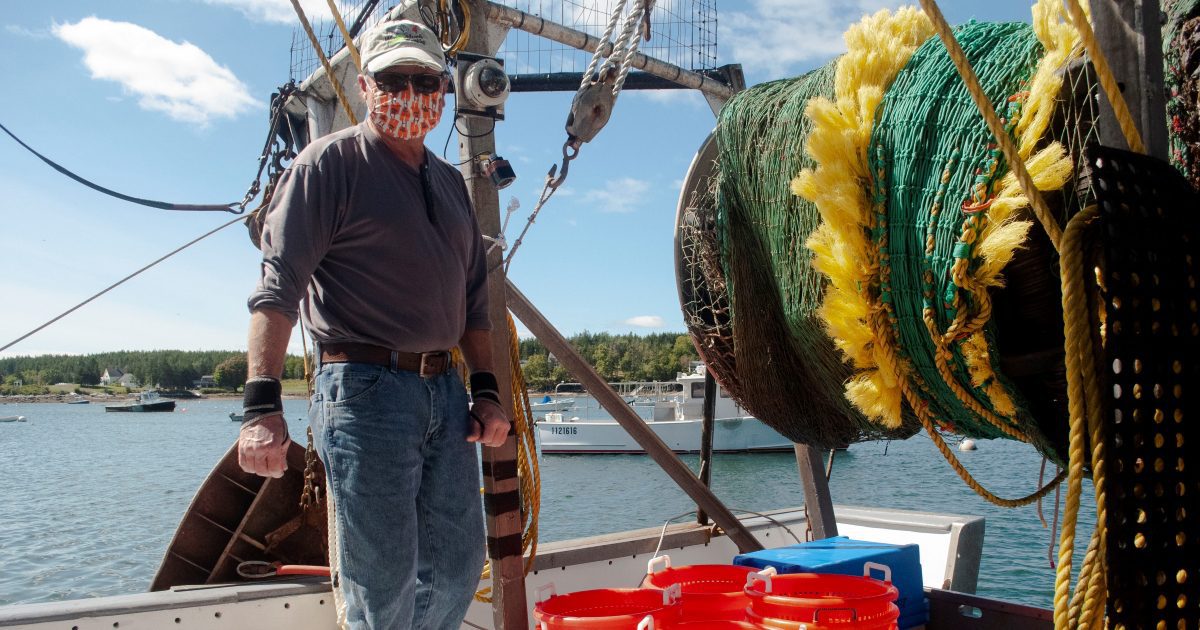Regulators and fishermen hope new rules set to take effect this summer will provide a more accurate understanding of the population of some of New England’s most iconic fish, including Atlantic cod, which has seen a spectacular collapse in recent decades.
The rules, adopted this spring by federal regulators, will require boats in groundfish sectors to have a human observer or a camera aboard on every groundfish trip to keep tabs on what they catch and discard.
“Fishery managers are really flying blind because of the biased, inaccurate information that’s being generated by the current monitoring programs,” said Geoff Smith, the marine program director at The Nature Conservancy. The current system is “rewarding the fishermen who are willing to break the catch reporting rules and punishing the fishermen that are following them.”
The new rules will cover some of the region’s most historically iconic species, including haddock, pollock and Atlantic cod, which legend says was once so abundant it could be scooped from the sea in baskets.
Although haddock and pollock have rebuilt to healthy populations in recent years, plans put in place in 2014 to rebuild the Atlantic cod fishery are not working. New England fishermen brought fewer Atlantic cod to the docks in 2021 than ever in recorded history — fewer than 50,000 pounds, compared to a high of 21 million pounds in the early 1990s.
The number of boats actively seeking groundfish in New England has also dwindled from 299 in 2010 to 197 a decade later, according to the National Oceanic and Atmospheric Administration. About 30 boats are based in Maine, said Ben Martens, executive director of the Maine Coast Fishermen’s Association. Groundfish accounted for about 1 percent of landings in Maine in 2021.
But the number could be much higher. Although fewer than 200 groundfish boats were active in 2020, the number of permits issued was three times that high (in some cases, a single vessel operator may hold multiple permits). Regulators hope better data informing catch quotas will help keep populations healthy and, in turn, allow fishermen to land more fish, perhaps eventually bringing boats back into a once-thriving industry.
Humans have been feeding themselves from the sea for tens of thousands of years. For much of that time, technology limited the number of fish that could be caught, which helped keep populations stable. Regulations, if there were any, were based largely on economics and politics rather than science.
Scientifically determined legally enforced annual catch limits have only been in place since 2007, when an amendment to the Magnuson-Stevens Fishery Conservation and Management Act required all federally managed fisheries to adopt such rules by 2011.
But good science depends on good data. And for a number of groundfish species, scientists and regulators don’t think their models are accurate, to the point that they’re not even quite sure how off they are.
That’s in part because the models have largely depended on data collected by human observers who accompany fishermen on trips for days or weeks, keeping track of what is caught and what is thrown back.
The observer program in the Northeast is managed by federal regulators who contract out to third-party companies that manage training and coordination. Observers are required to have some experience in math and science (most companies only hire monitors with a bachelor’s degree), and pass a training course. But many have not spent time on fishing vessels before becoming an observer, which can create hazards and frustrations for captains at sea.
And what those observers are seeing is not lining up with what’s happening on trips without an observer.
Each year, regulators assign observers to a certain percentage of groundfish trips based on how many trips they think they’ll need to get enough data to make predictions. Observers accompanied fishermen on between 14 and 32 percent of trips in the past decade, apart from the pandemic, when the program was briefly shuttered.
Using satellite trackers, which are installed on every vessel in the fleet, regulators are also keeping an eye on fishermen without an observer aboard. Behavior on boats that have an observer — where fishermen fish, how long they spend there, what they bring to the dock and what they throw back — differs dramatically from boats that don’t.
“The catch data we were receiving was very biased, to the point where we couldn’t say it’s off by 20 percent or it’s off by 40 percent,” said Mark Grant, a fishery policy analyst with NOAA. That’s resulted in more and more scientific models of fish populations failing each year.
“I know that sounds really terrible,” Grant added. “It doesn’t necessarily mean we have no idea what’s going on. It just means we can’t quantify how much variation there is in our estimate.”
Some fishermen may be trying to cheat the system. But there are also a lot of legitimate reasons for the differences between observed and unobserved trips, said Grant.
Fishing changes every day. Fish might congregate in one spot one week and another the next. And while a captain might be comfortable spending 10 days at sea with his crew, that might be reduced to three days with an extra person on board, because of personalities and tight quarters. “That’s not illegal. That’s not cheating,” said Grant. “That’s just different.”
Regardless of why they’re occurring, discrepancies between unobserved and observed trips make a big difference when it comes to estimating population size and catch quota for certain species. That’s especially true in fisheries struggling to rebuild their number, like Atlantic cod.
Quotas for how much fish can be caught are set based on a number of factors, including population estimates by scientists, what size they are, how many offspring they’re likely to have, and how many can be caught while allowing the population to remain at a healthy level.
That quota number is then reduced based on scientific and management uncertainty.
“We need accurate and timely catch information to effectively manage fisheries,” said Smith of The Nature Conservancy. “This current monitoring approach is really badly broken.”

Regulators hope that monitoring all groundfish trips will provide a clearer picture of what’s going on at sea. But because putting human observers on all vessels for every fishing trip would be unfeasible at current staffing levels, the new rules also allow fishermen to opt for cameras to meet the new requirements.
“You’re going to see more fishermen moving toward electronic monitoring as the logistics of 100% monitoring become a reality,” said Smith. “Video monitoring is a game-changer for this fishery because it can meet these new monitoring requirements at a fraction of the cost of putting human observers on board fishing boats.”
Costs are likely to go up dramatically in the short term. Putting a human observer on a boat costs about $700 per day. Camera systems cost between $8,000 and $10,000. The ocean is hard on equipment, and systems are likely to need replacing every five to 10 years.
Then there’s the cost of paying somebody to review footage, which the New England Fishery Management Council estimates is around $400 per day. Because of those factors and the increase in monitoring coverage, the cost to the industry is expected to double, from $2.4 million in 2021 to $5.8 million this year.
For now the government is paying to install the cameras and expects to have funding for the first two years of the program. The goal is to monitor all groundfish trips for four years, provided federal funding is available. If it isn’t, the required monitoring coverage rate will drop to 40%. The Nature Conservancy also has money available, said Smith, and expects to be able to cover the cost of installing cameras on any groundfish boat that wants them.
There aren’t many boats actively fishing for groundfish in Maine, but there could be. Many lobstermen also hold groundfish permits they’re not using, said Martens, of the Maine Coast Fishermen’s Association, because lobster is the most profitable fishery at the moment.
“If it becomes more profitable, or if you need to mix it up, or if there’s changes to the lobster fishery, being able to go chase groundfish is a nice diversity opportunity.”
Depending on how much money is available, there’s a possibility fishermen will have to pay for a portion of monitoring in the future. But regulators also hope costs will come down as the program becomes streamlined, and technology gets better and cheaper.
There are already pilot programs testing the use of artificial intelligence, conveyor belts and lasers to measure fish as soon as they’re caught, which could cut down on the time needed to review footage. And as data gets better and more streamlined, regulators hope they won’t need to monitor as many trips to get an accurate idea of fish stocks.

Electronic monitoring will also help with a staffing crunch; the number of qualified observers has plummeted from 155 in 2018 to 89 in 2022. The observer program shut down entirely during COVID, said Grant, because putting a stranger on a boat in close quarters for hours or days simply wasn’t safe. Many observers found other jobs while the program was on hold, which in turn has affected the number of workers available to recruit and train new observers.
“Everyone would love to go back to the old days when we didn’t have all these extras,” said Randy Cushman, who’s been fishing out of Port Clyde for more than four decades. “But that’s not going to happen. We have to have accountability.”
Cushman installed cameras on his boat as part of a pilot program in 2014. He hated them at first. But they were a lot less cumbersome than having an extra person aboard his 50-foot boat, which also meant having to get up an hour earlier to wait at the dock, give the observer a tour and explain safety protocols.
“You’re tripping over them, and have to work around and work with them. It’s a real big headache.” Although he still has to remember to periodically mail in a USB drive with his data and replace it with a fresh one, cameras allow him to come and go at his convenience.

They’ll also hopefully help scientists catch up to what fishermen are seeing on the water.
“Seems they’re always two years behind,” said Cushman. “By the time they catch up we’re seeing something different.”
If you ask most fishermen about the new rules, said Cushman, “they’re going to be miserable. They’re going to hate it, just like I did at the beginning. But I realized this was probably coming. I said at the end of the day, do I want an observer on every single trip I make for the rest of my life?”
Electronic monitoring, which is already in place for certain fisheries on the west coast and in Canada, is likely going to be introduced in other fisheries, said Martens, as more and more interests, from aquaculture to offshore wind, compete for the commons.
“There are a lot of headaches in being a fisherman and those headaches are only going to grow because of new rules with the whales, and protected species and wind,” said Martens, who envisions a day when the lobster fleet may be under similar rules. “The microscope is just going to be focused more and more and more on these fisheries.”
Kate Cough covers the environment for The Maine Monitor and produces the Monitor’s free weekly newsletter, Climate Monitor. Reach Kate via email at gro.r1763164646otino1763164646menia1763164646meht@1763164646etak1763164646 and signup to receive the Climate Monitor newsletter every Friday morning.








